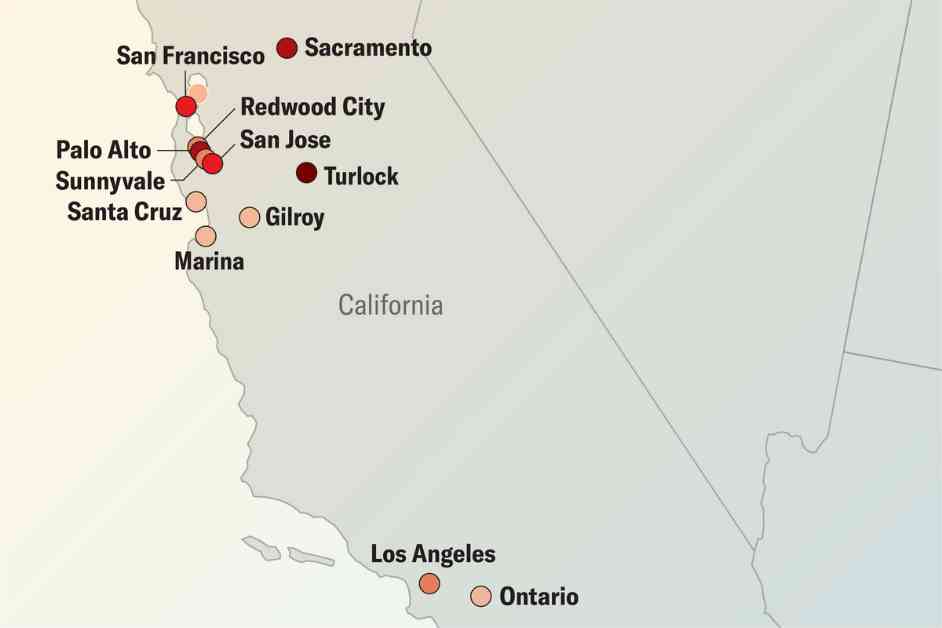Since the first avian influenza outbreaks struck the U.S. earlier this year, experts in health and agriculture have been struggling to monitor the virus’s spread in dairy cow herds and potentially in humans. While the risk of infection remains low for most people, those directly exposed to cows, such as dairy workers, have been falling ill. The recent report of Canada’s first human case in a critically ill teenager adds to the growing concern. In an effort to gain a better understanding of the situation, scientists are utilizing wastewater surveillance as a valuable tool, which has been effective in the past.
Wastewater samples from various locations in California have tested positive for genetic material from the bird flu virus, H5N1. This includes cities like Los Angeles, San Francisco, Sacramento, and San Jose. The National Wastewater Surveillance System reported 14 positive detections in California, with 15 sites across the U.S. reporting positive samples this month through the WastewaterSCAN project. However, the presence of H5N1 material in wastewater does not necessarily indicate a direct risk to human health, according to Stanford University’s WastewaterSCAN co-director, Alexandria Boehm.
Analyzing trace amounts of viral genetic material in wastewater can serve as an early warning sign for potential community infections, similar to how it was instrumental in forecasting COVID cases. The complexity of H5N1, which affects both animals and humans, makes it challenging to pinpoint sources and assess disease risk accurately. While the virus can be fatal in poultry, cattle usually recover, but reports indicate higher cow fatality rates in California compared to other affected states. Cats that consume raw milk from infected cows can develop severe neurological symptoms.
Boehm highlights the importance of wastewater surveillance in tracking and understanding disease prevalence and exposure among both animals and humans. The initiative to track H5N1 through wastewater began in Texas after observing high levels of influenza A RNA nucleic acids post-flu season, coinciding with cattle infections. The challenge lies in distinguishing the source of viral genetic material, with milk products being a likely contributor. It is emphasized that infected milk products in households are not a threat to human health due to pasteurization.
The current detections in California raise questions about the origins of H5N1 material in wastewater, indicating the need for further investigation. The data from wastewater surveillance can provide insights into the spread of the virus among cattle herds and potential human exposure. By correlating H5N1 levels in wastewater with infections in animals, health officials can take proactive measures to control the outbreak.
Moreover, tracking H5N1 through wastewater differs from other pathogens like COVID, as it primarily originates from animal sources with implications for human health. The use of wastewater surveillance for zoonotic pathogens marks a significant advancement in disease monitoring beyond human illnesses. As scientists continue to analyze the data and collaborate with public health departments, the hope is to better understand the spread of H5N1 and protect public health effectively. The insights gained from wastewater analysis could pave the way for future applications in monitoring various animal-borne diseases in wastewater.










